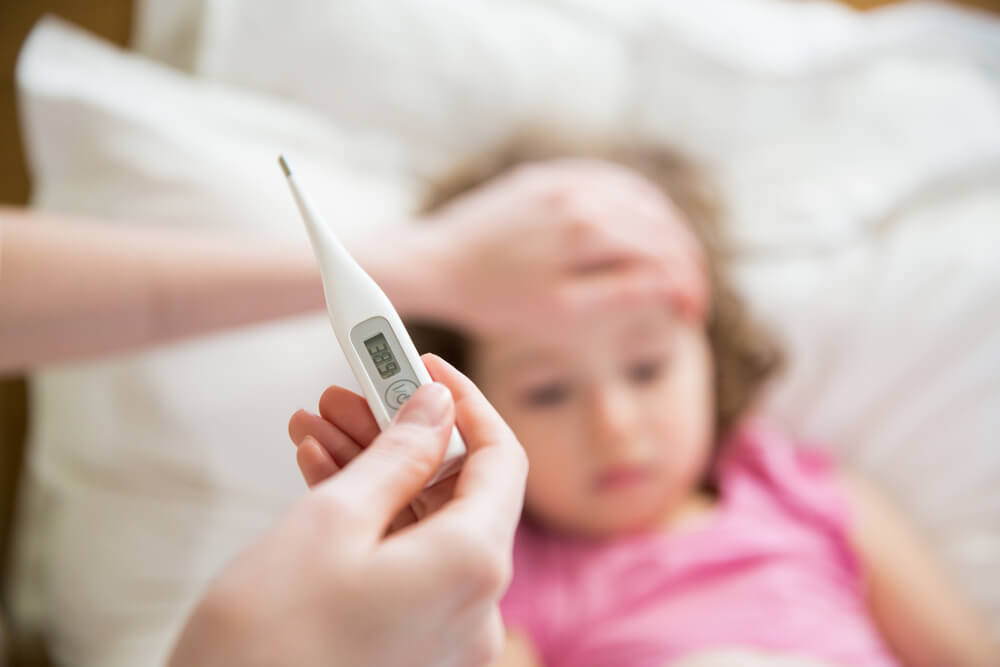What is Kawasaki disease? Experts usually refer to this condition as a rare but crucial cause of fever in babies, toddlers, and young children from six months to five years old.
The fever disease belongs to a specific family of medical conditions which leads to the inflammation of the blood vessels or vasculitis. Unfortunately, Kawasaki disease in children may involve such crucial blood vessels as those to the heart. More specifically, it affects the coronary arteries, the blood vessels that provide the heart with blood.
The disease may weaken the blood vessels and stretch them. These issues can lead to coronary artery aneurysms. Fortunately, these things may be tested with the help of ultrasound techniques such as an echocardiogram, which enables experts to view the heart and its surrounding arteries.
In this article, the team at Worldwide Pediatrics will aim to shed more light on the disease, along with effective Kawasaki disease treatments.
Causes and Kawasaki Disease Symptoms
Unfortunately, the exact causes behind the disease are unclear to medical experts, but it’s clear that more cases tend to develop during late winter and early spring. On the other hand, it has been established that the disease can’t spread through person-to-person contact.
Some experts point out that ethnicity and sex may also play a role in the development of the disease. More specifically, boys are slightly more likely to develop Kawasaki disease than girls. Also, medical literature and research suggest that children of Pacific Island and Asian descent (Korean and Japanese) may be at a higher risk of developing the fever.
On the topic of Kawasaki disease symptoms, the telltale signs of the illness usually include:
- Fever that lasts longer than five days
- The child easily becomes irritable
- Red eyes without any visible discharge
- The lips, throat, and tongue are red and prone to cracking
- The child’s feet and head may become red or swollen
- Peeling skin around the nails
- Rashes (mainly on the trunk’s area)
- Swollen neck lymph nodes
Apart from this, the following symptoms may also occur:
- Vomiting
- Nausea
- Diarrhea
- Abdominal pain
- Joint pain

Diagnosing Kawasaki Disease
For the most part, disease diagnosis will consist of symptom assessment, but other tests may also be ordered, like the echocardiogram mentioned above and blood tests. When diagnosing Kawasaki disease, it’s crucial to rule out any other causes of fever so that healthcare experts can forge an adequate treatment plan.
Kawasaki Disease Treatment
Now that we know what Kawasaki disease is, it’s time to learn more about how this rare illness is treated and what approaches will help with managing the disease in children.
There are instances when children are given human blood proteins or immunoglobins (also known as IVIG) through the vein to alleviate the symptoms and cure the illness. It’s crucial to know that around ten percent of children may not respond well to the first dose of these immunoglobins, requiring a second dose with the necessary accompanying medications.
As far as medication is concerned, experts may often recommend aspirin. Furthermore, fluids will probably be administered intravenously to keep the child hydrated. Also, they will receive medication for any swelling and pain, along with the regular application of cold compresses to alleviate symptoms.
Complications
Kawasaki disease is cited as the primary cause of acquired heart disease in kids from developed countries. Fortunately, only a few young patients will experience any lasting damage with adequate Kawasaki disease treatments.
Still, it’s imperative to talk about the complications that improper or late treatment may include:
- Heart valve problems
- Heart muscle inflammation
It’s vital to remember that both of these complications will damage the heart, and coronary artery inflammation can lead to an aneurysm or the bulging and weakening of the artery wall.
An aneurysm increases the chances of developing blood clots that may result in internal bleeding or heart attacks.
Kawasaki disease may be fatal in a relatively small number of children with coronary artery health issues. This is why it’s imperative that any telltale sign must get assessed by a medical professional.
Is Hospitalization Necessary for Children With Kawasaki Disease?
As reasons vary, Kawasaki Disease in children won’t ultimately mean hospital admission. Still, in most cases, the children who are being evaluated for the condition will undoubtedly stay at least some time in the hospital.
On that note, children will be ready for discharge right after regularly drinking fluids, tolerating the medicines they receive orally, and no longer having inflammation and fever symptoms.
Following Up After Discharge
Chances are that once your child is home from the hospital, you will still need to schedule a few follow-ups with your primary healthcare provider, a cardiologist, and an infectious disease specialist. All three of these experts will closely monitor your child’s condition with repeated lab work until they are sure that the child requires no further therapy.
On the other hand, the doctors will also order follow-up echocardiograms to monitor improvements.
Outlook
As said above, Kawasaki disease is the most prevalent cause of acquired heart problems in children in Japan and the United States. Luckily, the available treatment methods are usually sufficient enough to prevent heart disease from developing.
Still, there are a few essential considerations parents need to remember to ensure their children’s health.
First, they should ensure that all vaccinations are up-to-date, especially for influenza and varicella, in cases when the child is on aspirin therapy. Why? Because there’s a small risk of developing Reye’s Syndrome when a child takes aspirin while dealing with a viral illness.
Also, parents shouldn’t forget that their children shouldn’t receive live virus vaccines for at least 11 months after IVIG. This is because the immunoglobins may interfere with the body’s capacity to develop the necessary antibodies to viruses such as measles-mumps-rubella, live nasal virus, influenza, and varicella.
Also, those children may be restricted from certain activities if doctors have previously found abnormalities on their echocardiograms.
What’s more, when the child suffers from recurrent fever along with the return of previous symptoms, parents are advised to call the doctor as soon as possible.

Don’t Hesitate to Reach Out for Help
While Kawasaki disease is a serious condition, it can be treated successfully when children are in the hands of experienced and knowledgeable medical experts.
Still, it’s entirely normal for parents to feel unsettled after reading about this illness. As such, we are here for any concerns and needs regarding general pediatric care in Plantation and Doral, Florida, to reassure parents and help their children with any medical issue they may face.



